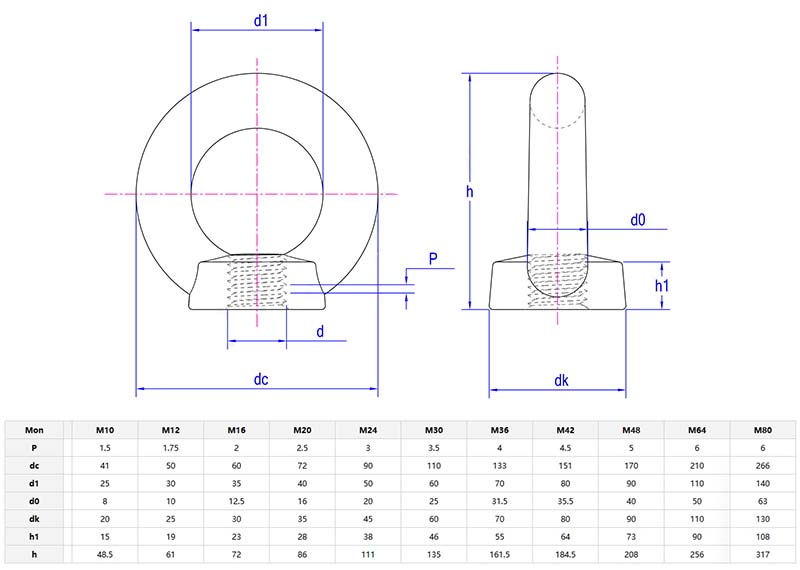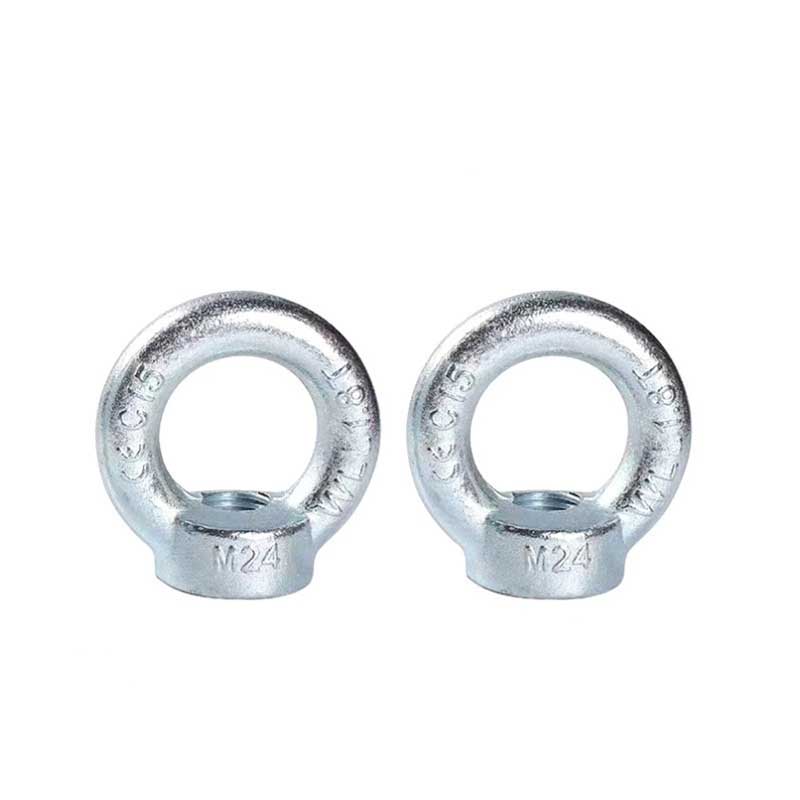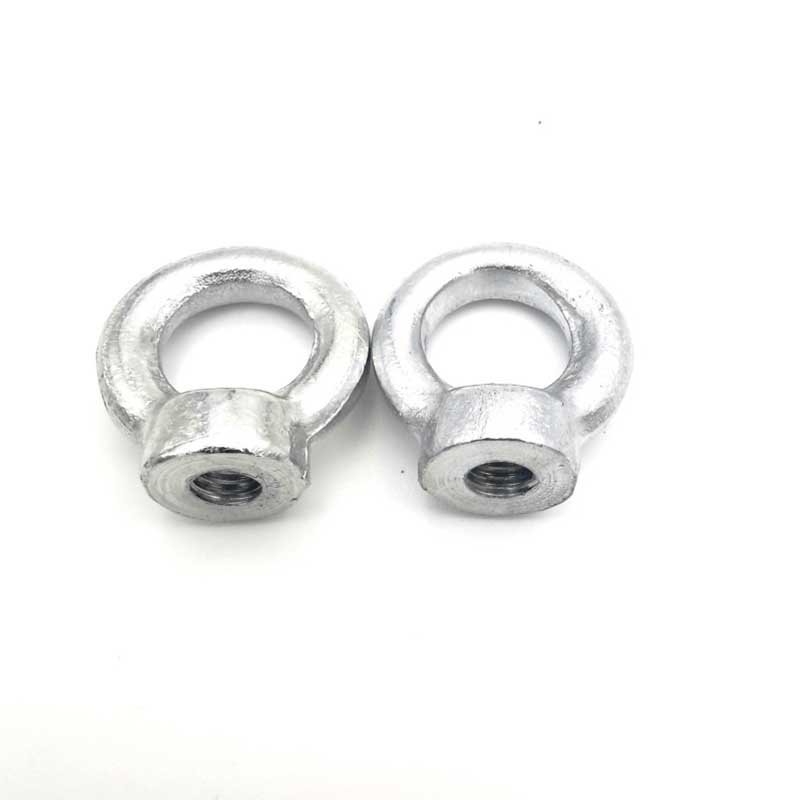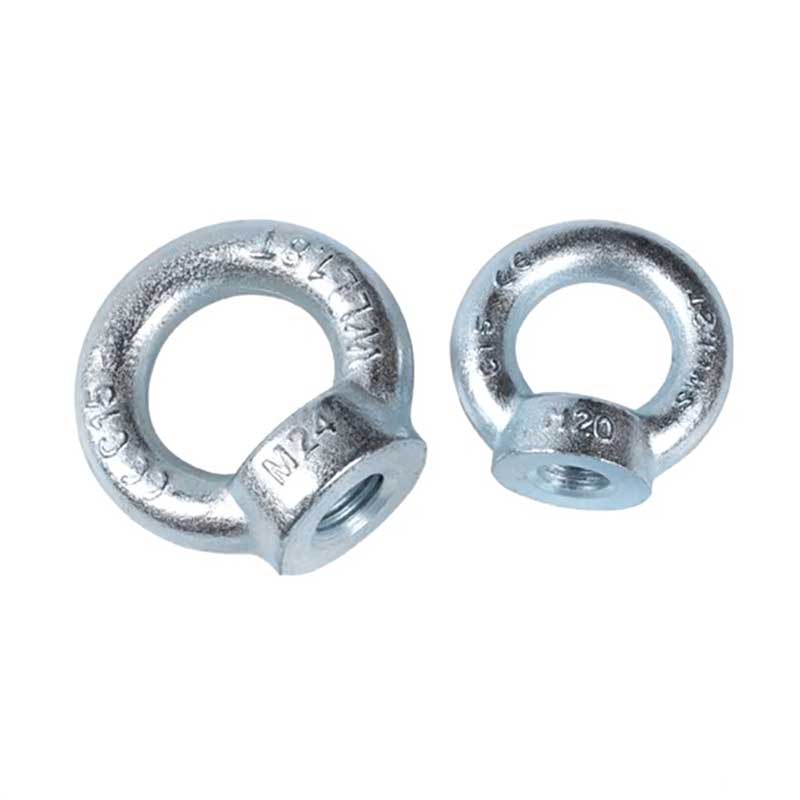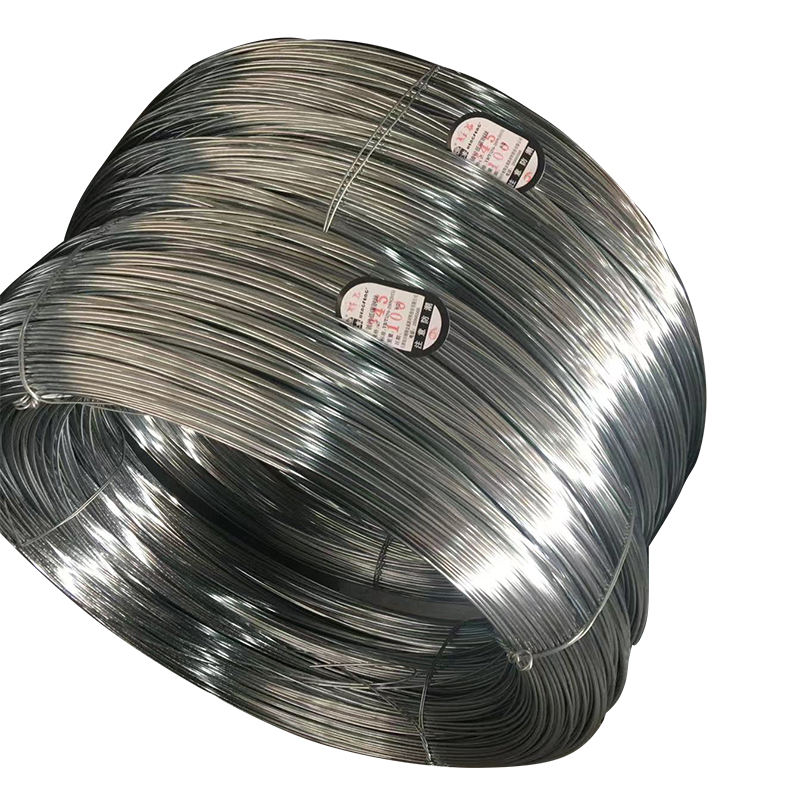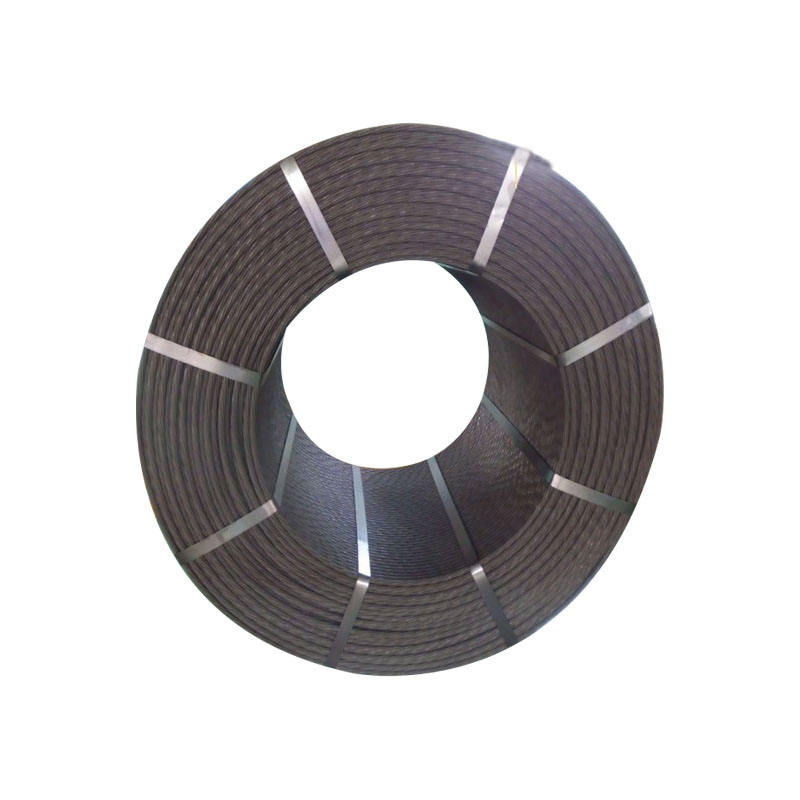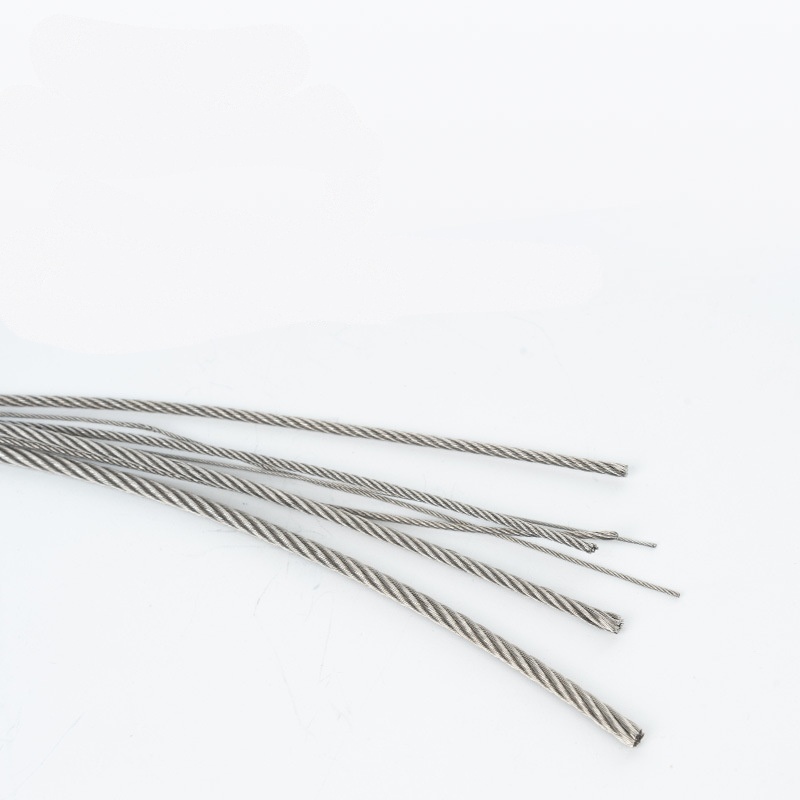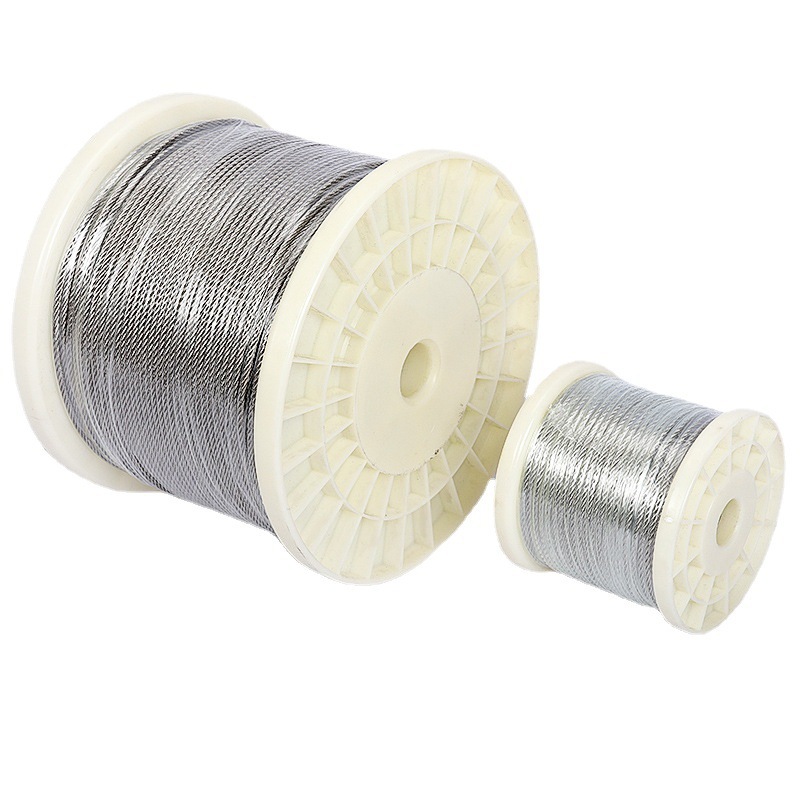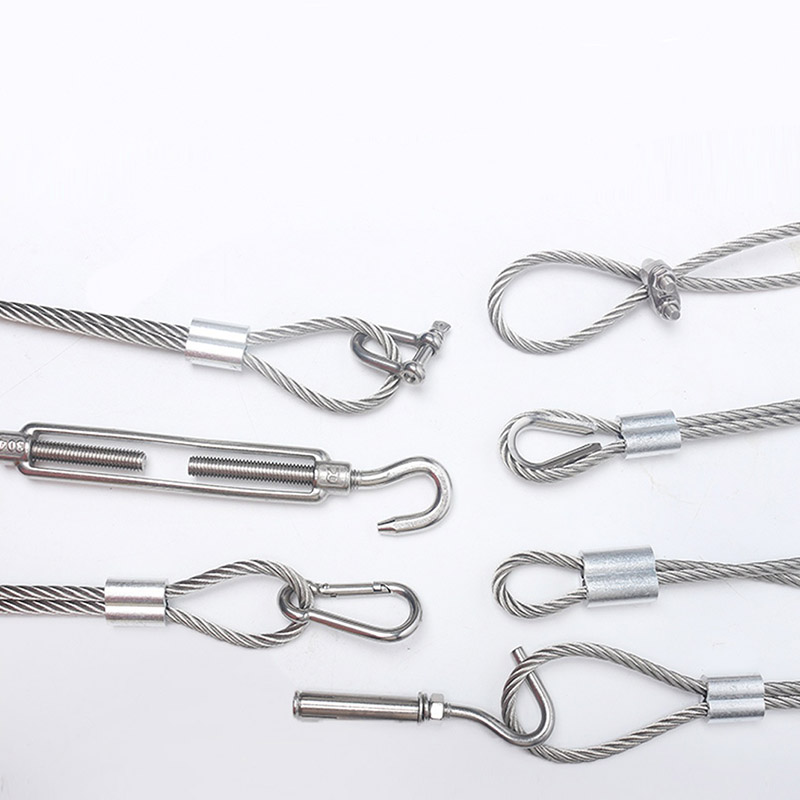Threaded Eye Nut
Send Inquiry
To install Threaded Eye Nut right, screw them all the way into pre-drilled threaded holes until the base sits flush against the surface. Stick to lifting straight up—don’t pull from the side unless the model is rated for angles. Use a torque wrench to tighten it to the manufacturer's specification to prevent the thread from falling off.
Check before use: Whether there are any cracks, bends or any damages. Don’t overload them, and never use a damaged eye nut for another job. For overhead lifts, add a backup safety sling. If you’re working in a rust-prone area, put anti-seize compound on the threads to prevent corrosion.
Product details
To make Threaded Eye Nut last longer, do regular maintenance. Use soft brushes to clean dirt out of the threads and the eye part—don’t use anything rough that could scratch them. If they’re stainless steel, put on some marine-grade grease to stop them from sticking or corroding, then put them in dry, cool places to avoid rust from moisture.
Check them every 6 months for rust, cracks, or worn threads. If they’ve lost more than 10% of their material, throw them away. For galvanized ones, if the coating chips, paint the spot with zinc-rich paint. Don’t use chemical cleaners that might eat away the protective layers.
Keep a record of inspections like OSHA requires. If they’ve been in a hard hit or overloaded, replace them even if they look fine—hidden damage can be a problem.
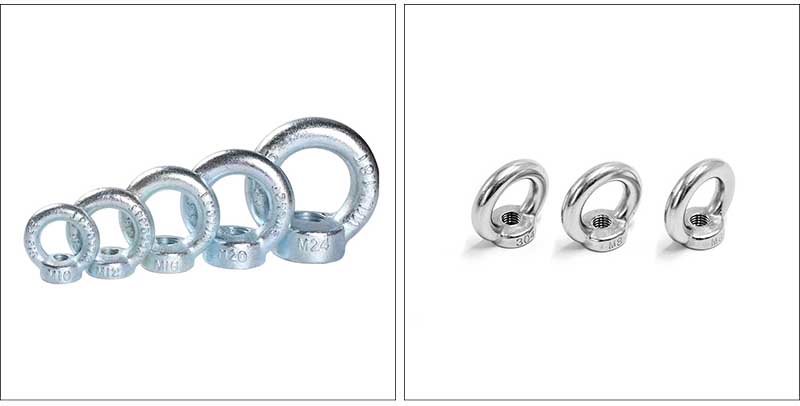
FAQ
Q: Can Lifting eye nuts be reused after a single lift, or are they single-use only?
A: Whether you can reuse Threaded Eye Nut depends on the material, how much they’ve been used, and what inspections show. Good-quality alloy steel ones can be reused if they don’t have any dents, thread damage, or surface cracks after use. But throw away any that have been overloaded, exposed to extreme temps, or show signs of stress.
After each use, always check them with a magnetic test for cracks (like MPT). For critical operations such as manned lifting platforms, please confirm the condition of the nut with a qualified engineer then deciding whether to reuse it. If the wear condition of the nut is uncertain, it’s better to replace them.

Product parameters
